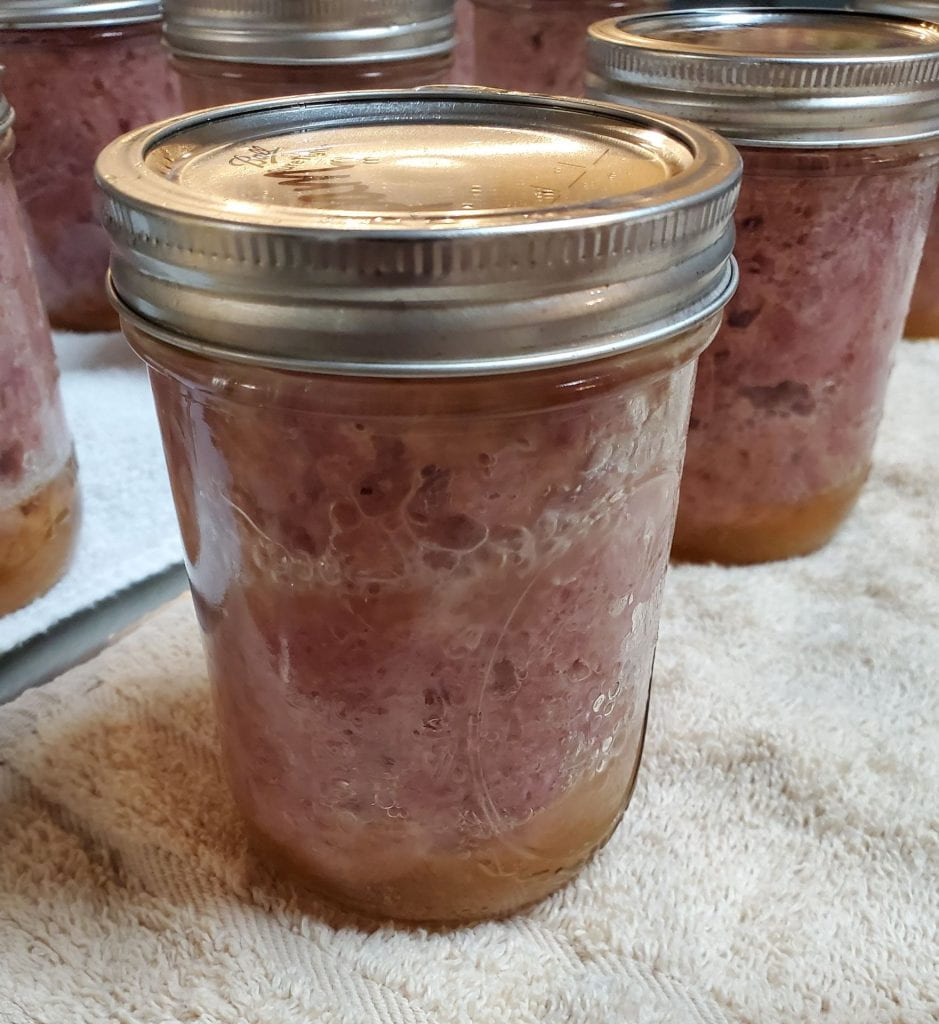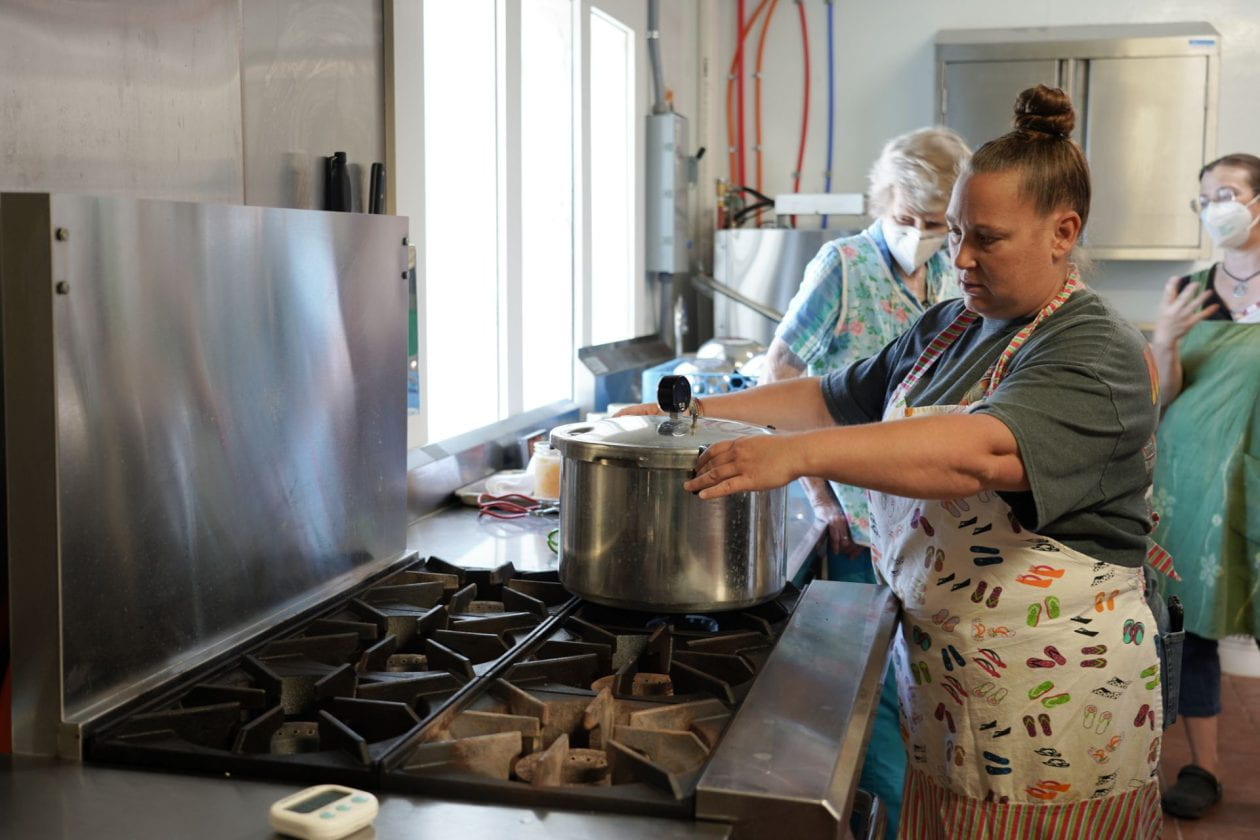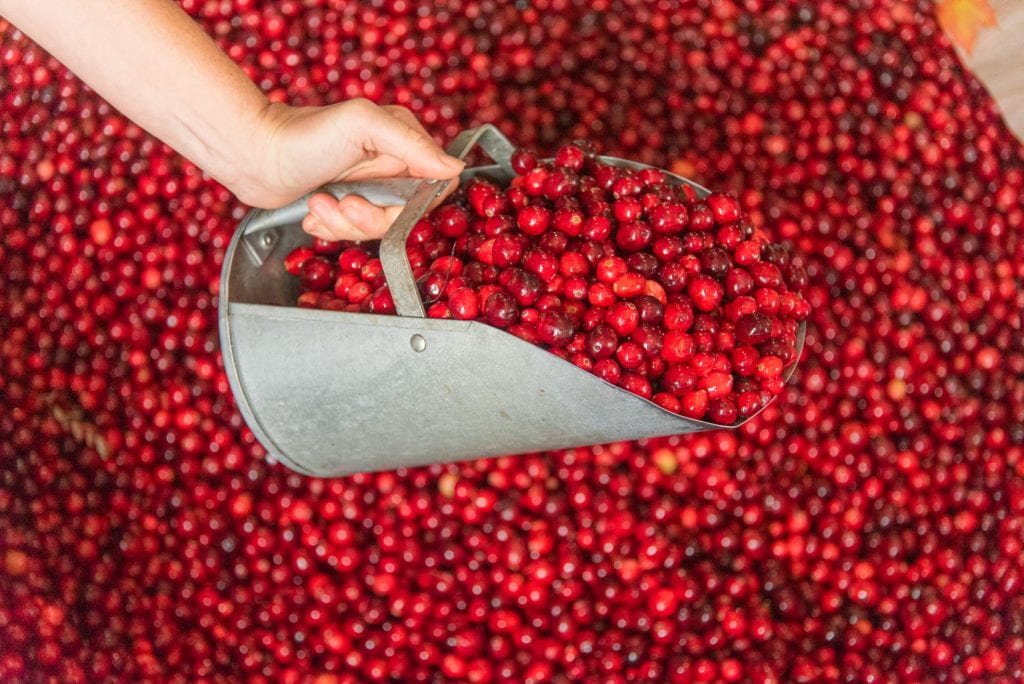How long have you been preserving food?
Since 1997. I started with my father’s green tomato pickle recipe and venison. My aunt and I spent a weekend canning and divided up the food. My next adventure involved canning squash, which I learned shortly thereafter was a bad thing! I did not do it correctly, and it spoiled in my pantry. The jars leaked the fermented, rotting squash, and it smelled very bad.
What are your favorite preservation methods?
I like dehydrating foods because it is easy; it saves space; and it’s versatile. I also enjoy pressure canning—I find I preserve many more low acid than high acid foods, the latter of which can be processed in a water bath canner. Plus, I can a lot of meat, which requires pressure canning.

What are some of your favorite foods to preserve and why?
I like to dehydrate apple slices until they are crunchy. I eat them like potato chips or crumble them into cereal, yogurt, or quick breads. I also like to pressure can meats for use as a quick meal solution on busy nights. I can chicken, pork, venison, beef, and turkey, which we use in tacos, casseroles, sandwiches, soups, stews, and stir fry. I like to make and can shepherd’s pie that my family need only heat up before eating. I also make and pressure can many, many different types of soup.
Read more MEET DANIELLE BARSE, MASTER FOOD PRESERVER VOLUNTEER




